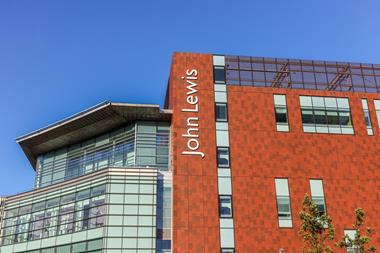New John Lewis Partnership chief executive Nish Kankiwala has told staff that the business model will have to be reformed “at pace”.
Kankiwala told employees that “the way the partnership did business would have to change to make it more efficient and affordable, and that action would have to come at pace”, according to an update in The Gazette, the retailer’s weekly internal magazine, first seen by the Financial Times.
His comments come soon after JLP had to fend off reports that it was exploring partial demutualisation in a bid to raise between £1bn and £2bn of new investment as it looks to deal with debts and competition from online retailers.
Chair Dame Sharon White and general counsel and partnership secretary Jane Cheong Tung Sing said an investigation would be launched into who leaked the plans to sell a minority stake in the employee-owned mutual.
The leaked news caused criticism from politicians as well as current and former employees. Conservative mayor of the West Midlands and former John Lewis managing director Andy Street said “it would be a tragedy” if the retailer altered its staff-ownership model.
Employee criticism of John Lewis’ performance and White’s leadership was posted on the mutual’s intranet and then shared with journalists, which White and Cheong Tung Sing said was a “huge breach of trust”.
John Lewis said: “Our partnership model is what makes John Lewis and Waitrose special and will always be at the heart of our business.
“We have kept under review our future funding needs so we have options to fuel the next stage of our growth plan, but nothing is happening in the short term.
“Right now we are focused on continuing to deliver the best possible experience for our customers while improving the performance of our business.”
JLP was also forced to defend its pension fund after the market value of its pension assets plunged by £2.8bn last year.
The retailer’s annual results, which also reported a £234m loss, revealed the fall in the value of its pension assets from £7.23bn to £4.42bn was mainly driven by a fall in the value of liability-driven investments designed to hedge interest rate and inflation risks.





























2 Readers' comments